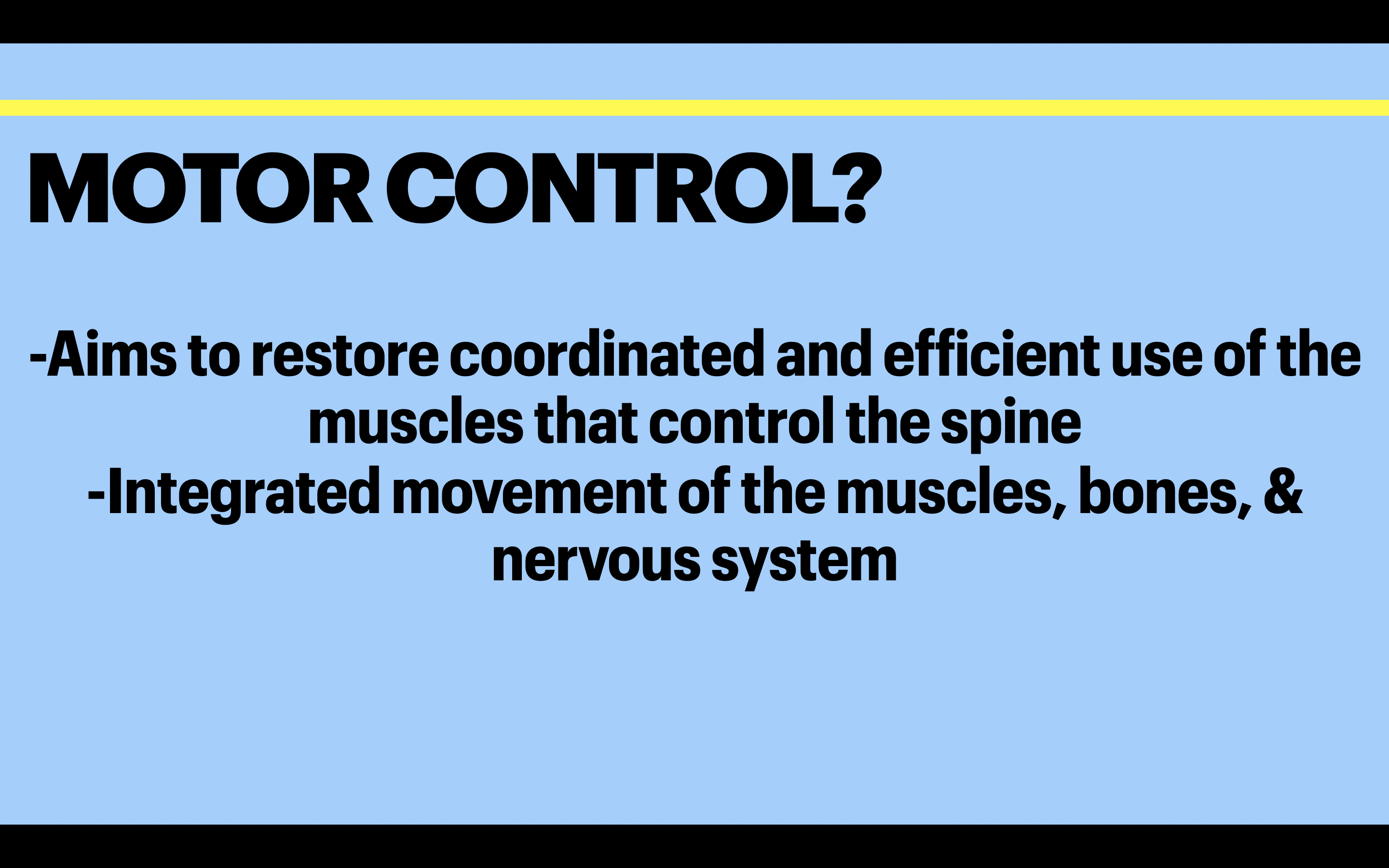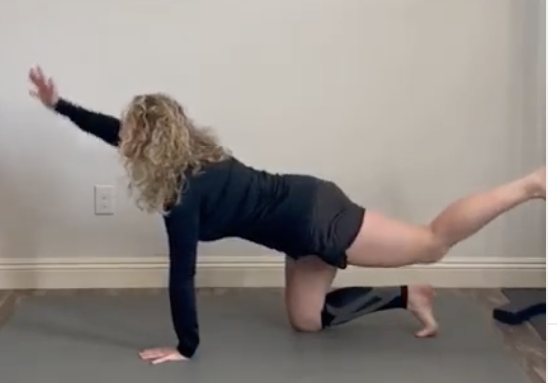The Core Exercise For Better Shoulders & Knees
2024-04-1
One of the biggest issues in fitness is that people rarely understand the value of certain exercises. An exercise can be labeled a core training drill and it just goes on the list of hundreds of other core training exercises. Most never see where it fits in the use of other core exercises, or how it may be more impactful for one goal or another. That is why I wanted to focus on how one of our DVRT core training series is a lot more than just being another core exercise.
We first have to appreciate what do we mean by core stability? It is a term that gets thrown around a lot, but many think it is just a more sophisticated way of saying abdominal exercise. However, that isn’t the case, true core stability is, as this 2020 study explains so well…
“the ability to control the position and motion of the trunk over the pelvis to allow optimum production, transfer, and control of force and motion to the terminal segment in integrated athletic activities.” The core musculature provides support to the lumbopelvic hip complex to balance the spine and pelvis during functional movement. The core muscles are divided into local muscles (stabilization system) and global muscles (movement system). The local muscles are further categorized into primary stabilizers (transversus abdominis, multifidi) and secondary stabilizers (internal oblique, medial fibers of the external oblique, quadratus lumborum, diaphragm, pelvic floor muscles, lumbar portions of iliocostalis, and longissimus). The global muscles include rectus abdominis, lateral fibers of the external oblique, psoas major, erector spinae, and thoracic portion of iliocostalis. The action of these muscles also protect the spine from excessive force and plays an essential role in body stabilization and force generation during sporting activities. The contraction of these core muscles together keeps the spine in its most stable position (the neutral zone) and aids injury prevention. They contract before any limb movement, to keep the core of the body rigid during all movements.”

That is a much more comprehensive definition than you will find in most descriptions of core stability on the internet. Some of the keys here is the ability to control position of the trunk and pelvis while allowing force to be transmitted and generated by the legs and arms. There are really two systems of the core going at once, the stabilization systems which is made up of much smaller and more reflexive muscles that are designed for more specific stability of the spine during movement and the global system. These are the bigger muscles that most people are more familiar with as there has to be balance between the systems. I think it is VERY important to understand the part where it is explained that the core’s major job is to protect the spine from excessive forces. That doesn’t mean there isn’t movement of the spine, but rather the core always has to be in control in how much movement is being allowed for the task that is being performed. Losing control and feeling that your movement is being dictated by forces pushing on your body is often where injury occurs. Realizing that the core activates very quickly before any leg or arm movement occurs is also essential and will be relevant to why we chose to focus on this specific core training drill.

So, hopefully if nothing else, you see that working a good core exercise isn’t just “working the abdominals”. It has to be far more intentional and purposeful in what exercise we use, how we teach the movement, and how we layer progressions. That is why I wanted to focus on a familiar but often misunderstood core exercise in the bird dog exercise. The bird dog is a very powerful core stability exercise because we have to maintain that “neutral” position while moving opposite arms and legs. Remember, good core training teaches the trunk and pelvis how to be stable while the extremities move. When people struggle with this core exercise it is an easy way to see that core stability is lacking.

A lot of coaches when they see someone perform a bird dog like above start grabbing onto people’s hips and trying to maneuver them into position. The problem with such strategies is that this doesn’t teach the lifter how to control their core during the movement. There is A LOT going on during the bird dog that people underestimate such as creating tension into the ground, learning how to grab with their hands and feet, how to resist rotational forces acting upon the body. Instead, we can use better feedback and progressions to help people learn how to create the core stability that makes this a really powerful core training exercise that improve not just the core, but also other areas like the shoulders and knees.
Check out some great strategies by coach Cory Cripe below and see how to make this core exercise so much more effective and see how it transfers to other aspects of your training.
Don’t miss the final days to sign-up for our online 6-week Foot & Knee Mechanics Masterclass HERE and you can save 20% all throughout DVRT (except the masterclass) with code “save20” HERE
View this post on Instagram
© 2025 Ultimate Sandbag Training. Site by Jennifer Web Design.







